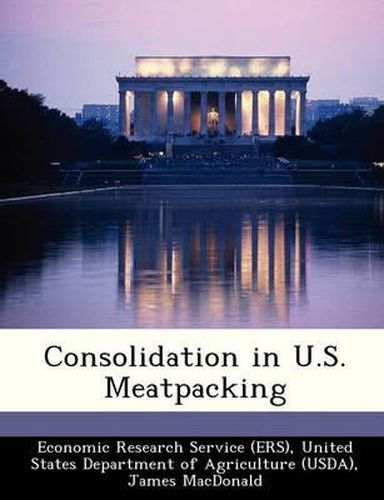Readings Newsletter
Become a Readings Member to make your shopping experience even easier.
Sign in or sign up for free!
You’re not far away from qualifying for FREE standard shipping within Australia
You’ve qualified for FREE standard shipping within Australia
The cart is loading…






Meatpacking consolidated rapidly in the last two decades: slaughter plants became much larger, and concentration increased as smaller firms left the industry. We use establishment-based data from the U.S. Census Bureau to describe consolidation and to identify the roles of scale economies and technological change in driving consolidation. Through the 1970’s, larger plants paid higher wages, generating a pecuniary scale diseconomy that largely offset the cost advantages that technological scale economies offered large plants. The larger plants’ wage premium disappeared in the 1980’s, and technological change created larger and more extensive technological scale economies. As a result, large plants realized growing cost advantages over smaller plants, and production shifted to larger plants.
$9.00 standard shipping within Australia
FREE standard shipping within Australia for orders over $100.00
Express & International shipping calculated at checkout
Meatpacking consolidated rapidly in the last two decades: slaughter plants became much larger, and concentration increased as smaller firms left the industry. We use establishment-based data from the U.S. Census Bureau to describe consolidation and to identify the roles of scale economies and technological change in driving consolidation. Through the 1970’s, larger plants paid higher wages, generating a pecuniary scale diseconomy that largely offset the cost advantages that technological scale economies offered large plants. The larger plants’ wage premium disappeared in the 1980’s, and technological change created larger and more extensive technological scale economies. As a result, large plants realized growing cost advantages over smaller plants, and production shifted to larger plants.